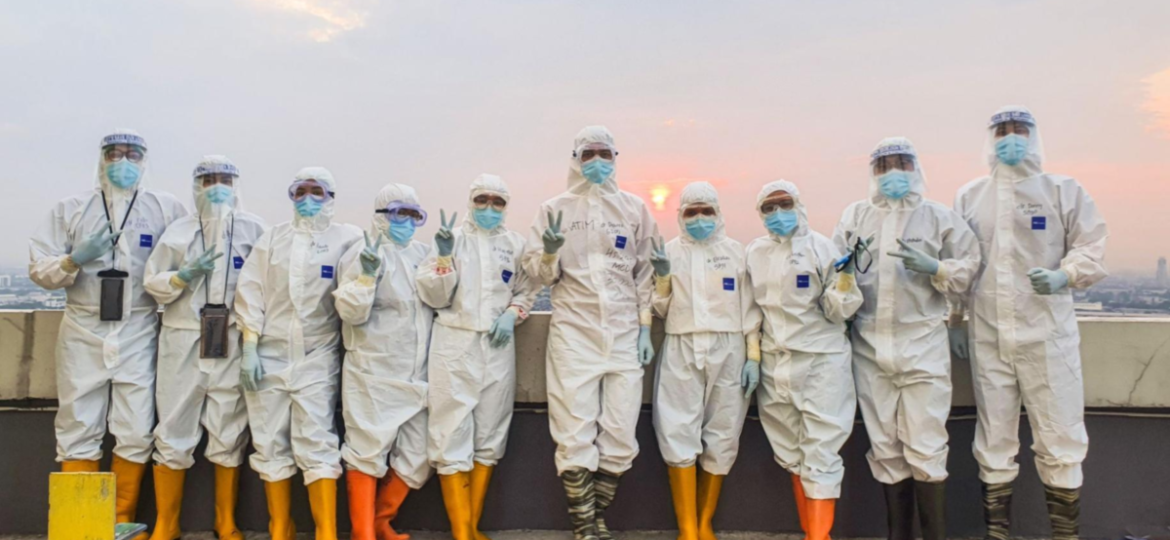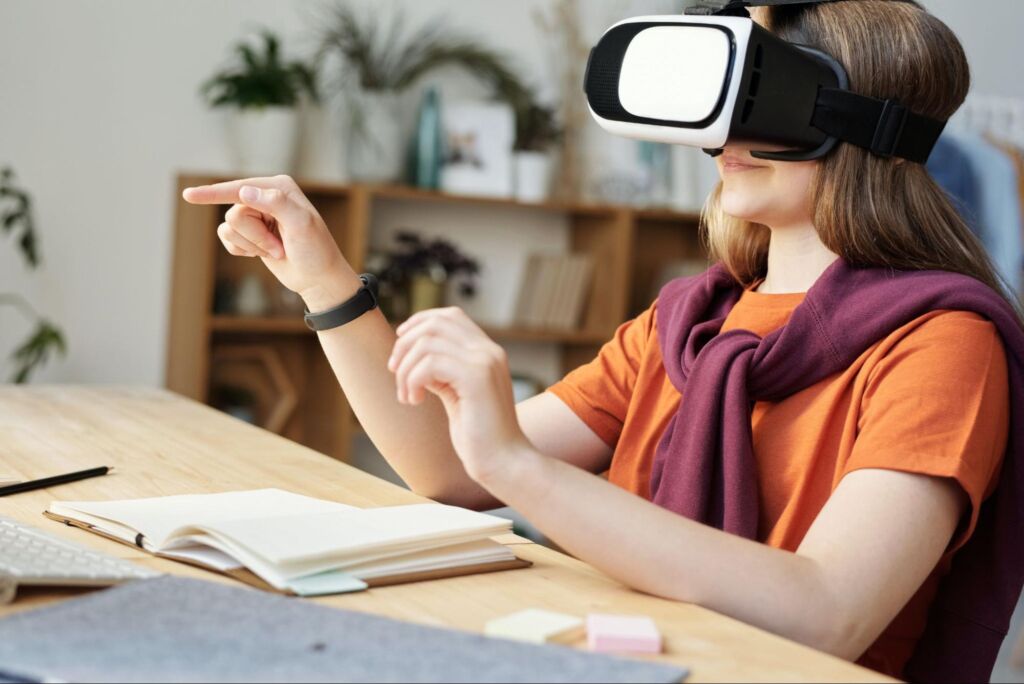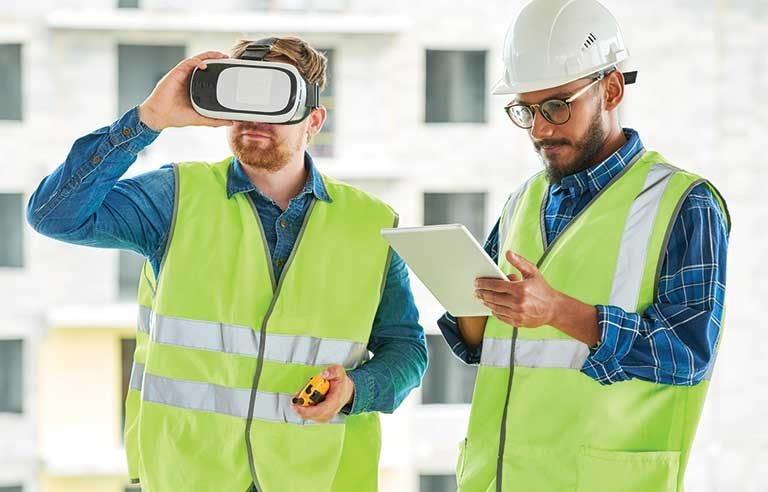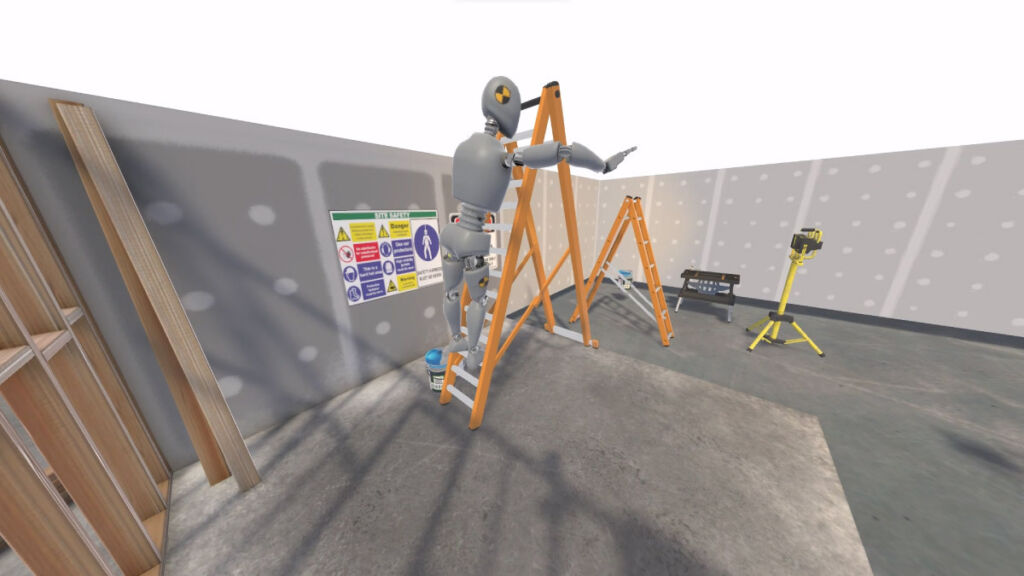
Ensuring workplace safety is of utmost importance, and employers must prioritise the provision of a secure and protected environment for their employees. In recent years, virtual reality (VR) training has emerged as a powerful tool in addressing workplace safety concerns. With its immersive and interactive nature, VR training has the potential to revolutionise safety training programs and create a safer work environment.
The Power of Virtual Reality Safety Training
Virtual reality training takes learning to a whole new level. Instead of relying on traditional training methods, such as lectures or presentations, VR training allows employees to engage in realistic, simulated scenarios. By putting on a VR headset, employees can step into a virtual world that replicates their actual work environment. This technology provides a hands-on experience where employees can practise safety procedures, identify hazards, and make informed decisions in a risk-free environment.
VR training offers a multitude of benefits. First and foremost, it enhances engagement and retention. Traditional training methods can sometimes be monotonous, leading to decreased attention and limited knowledge retention. However, with VR training, employees are actively involved, which increases their focus and understanding of safety protocols.
Another advantage of VR training is its ability to simulate real-life situations. It allows employees to experience potentially dangerous scenarios without any actual risk. This practical exposure prepares them for potential emergencies and equips them with the necessary skills to handle such situations effectively.
Realistic Simulations for Comprehensive Safety Training
One of the key strengths of virtual reality training is its ability to create highly realistic simulations. VR technology can replicate various workplace settings, such as construction sites, manufacturing plants, or even office environments, with remarkable accuracy. These realistic simulations enable employees to encounter potential hazards and practice safety procedures in a controlled environment.

For example, imagine a construction worker undergoing VR training. They can virtually navigate through a construction site, identify potential safety risks, and respond accordingly. They can practise using safety equipment, such as harnesses or helmets, and learn the correct procedures for handling tools and machinery. By repeatedly engaging in these simulations, employees can develop muscle memory and instinctive responses to hazardous situations, leading to improved safety outcomes in real-life scenarios.
Enhanced Employee Confidence and Empowerment
Workplace accidents can have a significant impact on employees’ confidence and overall well-being. Virtual reality training helps address this by instilling confidence in employees and empowering them to take control of their safety. Through realistic simulations, employees can gain firsthand experience in dealing with dangerous situations and develop a sense of self-assurance.
By allowing employees to practise safety protocols repeatedly, VR training helps build muscle memory and automatic responses. This muscle memory translates into real-life scenarios, where employees can react swiftly and confidently, mitigating risks and reducing the likelihood of accidents. As a result, employees feel more prepared, competent, and empowered to handle workplace safety challenges.
Cost and Time Efficiency of VR Training
Implementing VR training for workplace safety has another significant advantage—cost and time efficiency. While traditional training methods often involve organising physical workshops or hiring external trainers, VR training can be conducted on-site, saving both time and money. With VR headsets becoming more accessible and affordable, employers can provide training to a larger number of employees without incurring substantial costs.
Moreover, VR training eliminates the need for downtime associated with traditional training. Instead of taking employees away from their regular work duties, VR training can be integrated into their schedules more seamlessly. Employees can undergo VR training during their breaks or designated training periods, minimising disruptions to productivity.

The Future of Workplace Safety Training
Virtual reality training is revolutionising workplace safety by providing immersive, interactive, and realistic simulations that empower employees and enhance their safety knowledge and skills. The benefits of VR training are undeniable, from increased engagement and retention to the ability to practise in a risk-free environment. The realistic simulations offered by VR technology allow employees to navigate various workplace settings and encounter potential hazards, enabling them to develop the necessary skills and responses to ensure their safety.
As Saeed Rokooei states in the journal Safety Science:
Using innovative VR methods for safety training was more effective in identifying and assessing building safety hazards than equivalent training using conventional safety training methods
By undergoing VR training, employees gain confidence in their abilities to handle dangerous situations and feel empowered to take control of their own safety. The muscle memory developed through repeated practice in virtual scenarios translates into real-life situations, where employees can react swiftly and confidently, minimising risks and preventing accidents. This increased confidence and competence contribute to a safer work environment and a greater sense of well-being among employees.
Furthermore, VR training offers cost and time efficiency advantages. Employers can conduct training on-site, eliminating the need for external trainers or off-site workshops. The accessibility and affordability of VR headsets make it feasible to train a larger number of employees without significant costs. Additionally, integrating VR training into employees’ schedules minimises disruptions to productivity, as training can be conducted during breaks or designated training periods.

Looking ahead, the future of workplace safety training lies in the continued advancement of VR technology. As technology evolves, we can expect even more sophisticated and tailored VR experiences that cater to specific industries and job roles. The potential for customisation and scalability in VR training is immense, allowing organisations to address specific safety concerns and provide targeted training programs.
Embracing Virtual Reality (VR) for workplace safety training is a transformative approach. The immersive, interactive nature of VR provides a realistic environment for training, fostering safety awareness, and cultivating a proactive safety culture within organisations.
Our VR Training Platform
This is where Avatar Academy, a specialised product from Mersus Technologies, comes into play. Avatar Academy offers a dedicated VR training platform that serves as an innovative solution for workplace safety. It enables realistic, immersive training sessions that enhance employees’ safety skills and knowledge, all within a safe and controlled virtual environment.
One unique advantage of Avatar Academy is its ability to track and record employees’ training progress. This means organisations can easily monitor compliance and ensure that employees’ safety training is always up-to-date.
As we look to the future, with the continuous advancements in technology, the possibilities for improving workplace safety with VR are limitless. Avatar Academy is poised to be at the forefront of this evolution, ensuring a safer and more secure working environment for everyone.
If you’re ready to revolutionise your workplace safety training with Virtual Reality, contact us at Mersus Technologies. Let’s explore how Avatar Academy can serve your specific training needs and create a safer workplace for your team.